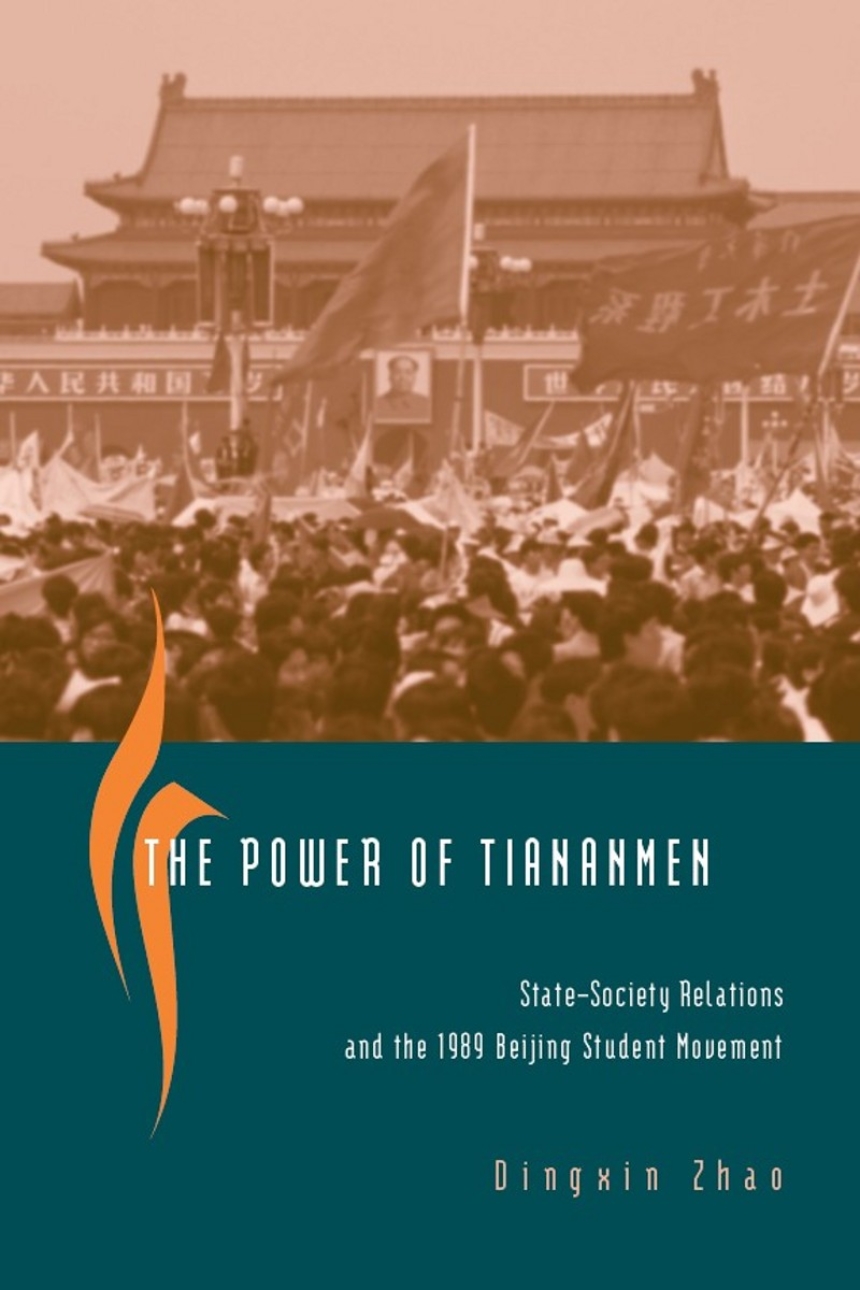The Power of Tiananmen
State-Society Relations and the 1989 Beijing Student Movement
The Power of Tiananmen
State-Society Relations and the 1989 Beijing Student Movement
Dingxin Zhao’s award-winning The Power of Tiananmen is the definitive treatment of these historic events. Along with grassroots tales and interviews with the young men and women who launched the demonstrations, Zhao carries out a penetrating analysis of the many parallel changes in China’s state-society relations during the 1980s. Such changes prepared an alienated academy, gave rise to ecology-based student mobilization, restricted government policy choices, and shaped student emotions and public opinion, all of which, Zhao argues, account for the tragic events in Tiananmen.
456 pages | 12 halftones, 3 maps, 16 tables | 6 x 9 | © 2001
Asian Studies: East Asia
Political Science: Political and Social Theory
Sociology: Demography and Human Ecology, Individual, State and Society, Social Change, Social Movements, Political Sociology
Table of Contents
Preface
Chronology
Introduction
Part 1. The Origin of the 1989 Student Movement
1. Chinas State-Society Relations and Their Changes during the 1980s
2. Intellectual Elites and the 1989 Movement
3. Economic Reform, University Expansion, and Student Discontents
4. The Decline of the System for Controlling Students in Universities
5. On the Eve of the 1989 Movement
Part 2. The Development of the 1989 Movement
6. A Brief History of the 1989 Movement
7. State Behaviors and Movement Development
8. Ecology-Based Mobilization and Movement Dynamics
9. State-Society Relations and the Discourses and Activities of a Movement
10. The State, Movement Communication, and the Construction of Public Opinion
Conclusion
Appendix 1: A Methodological Note
Appendix 2: Interview Questions
References
Index
Awards
ASA Collective Behavior and Social Movements Section: Charles Tilly Award for Best Book
Won
ASA Section on Asia & Asian America: Outstanding Book Award
Won
